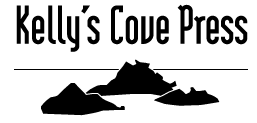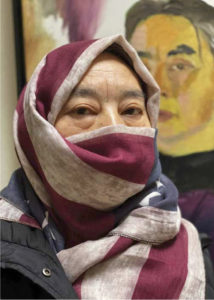When I moved to the West, exactly half a lifetime ago,
I carried my ghosts with me. The ghosts I carry
are a burden, but also a blessing.
Hung Liu was born in Changchun, China in 1948, growing up during the Maoist regime. Initially trained in the Socialist Realist style, Liu studied mural painting as a graduate student at the Central Academy of Fine Art in Beijing, before immigrating to the US in 1984 to attend the University of California, San Diego, where she studied under Allan Kaprow, the American originator of Happenings, as well as Moira Roth, an influential feminist art historian.
Known for paintings based on historical Chinese photographs, Liu’s subjects over the years have been prostitutes, refugees, street performers, soldiers, laborers, and prisoners, among others. As a painter, Liu challenges the documentary authority of historical photographs by subjecting them to the more reflective process of painting. Much of the meaning of Liu’s painting comes from the way the washes and drips dissolve the documentary images, suggesting the passage of memory into history, while working to uncover the cultural and personal narratives fixed— but often concealed— in the photographic instant. Washing her subjects in veils of dripping linseed oil, she both “preserves and destroys the image.” Liu has invented a kind of weeping realism that surrenders to the erosion of memory and the passage of time, while also bringing faded photographic images vividly to life as rich, facile paintings. She summons the ghosts of history to the present. In effect, Liu turns old photographs into new paintings.
Recently, Liu has shifted her focus from Chinese to American subjects. By training her attention on the displaced individuals and wandering families of the American Dustbowl, Liu finds a landscape of migration, struggle and humanity that for her is familiar terrain, having been raised in China during an era of epic revolution, tumult, and displacement.
The 1930s Oakies and Bindlestiff’s wandering like ghosts through Liu’s new paintings are American peasants, many on their way to California, the promised land. For her Lange-inspired works, Liu has developed a kind of topographic painting technique in which she maps an image with colored lines, the richness of which belies the real-world poverty of her subjects. She then paints within and between those lines until the overall image emerges. In this, the new paintings are closely woven to Lange’s photographs while also releasing the energy of color like a radiant of hope from beneath the grey-tones of history.
A two time recipient of a National Endowment for the Arts Fellowship in painting, Liu also received a Lifetime Achievement Award in Printmaking from the Southern Graphics Council International in 2011. A retrospective of Liu’s work, “Summoning Ghosts: The Art and Life of Hung Liu,” was recently organized by the Oakland Museum of California, and toured nationally through 2015. In a review of that show, the Wall Street Journal called Liu “the greatest Chinese painter in the US.” Liu’s works have been exhibited extensively and collected by the San Francisco Museum of Modern Art, the Whitney Museum of American Art, New York, the Nelson Atkins Museum and the Kemper Museum, Kansas City, the National Gallery of Art, Washington, D.C., the Asian Art Museum and the De Young Museum of San Francisco, and the Los Angeles County Museum, among others. In 2021, Liu was honored with a retrospective of her portrait-based paintings at the National Portrait Gallery, Smithsonian Institution, Washington, DC. At the time of her death in August 2021, Liu lived in Oakland, California where she was Professor Emerita at Mills College.

